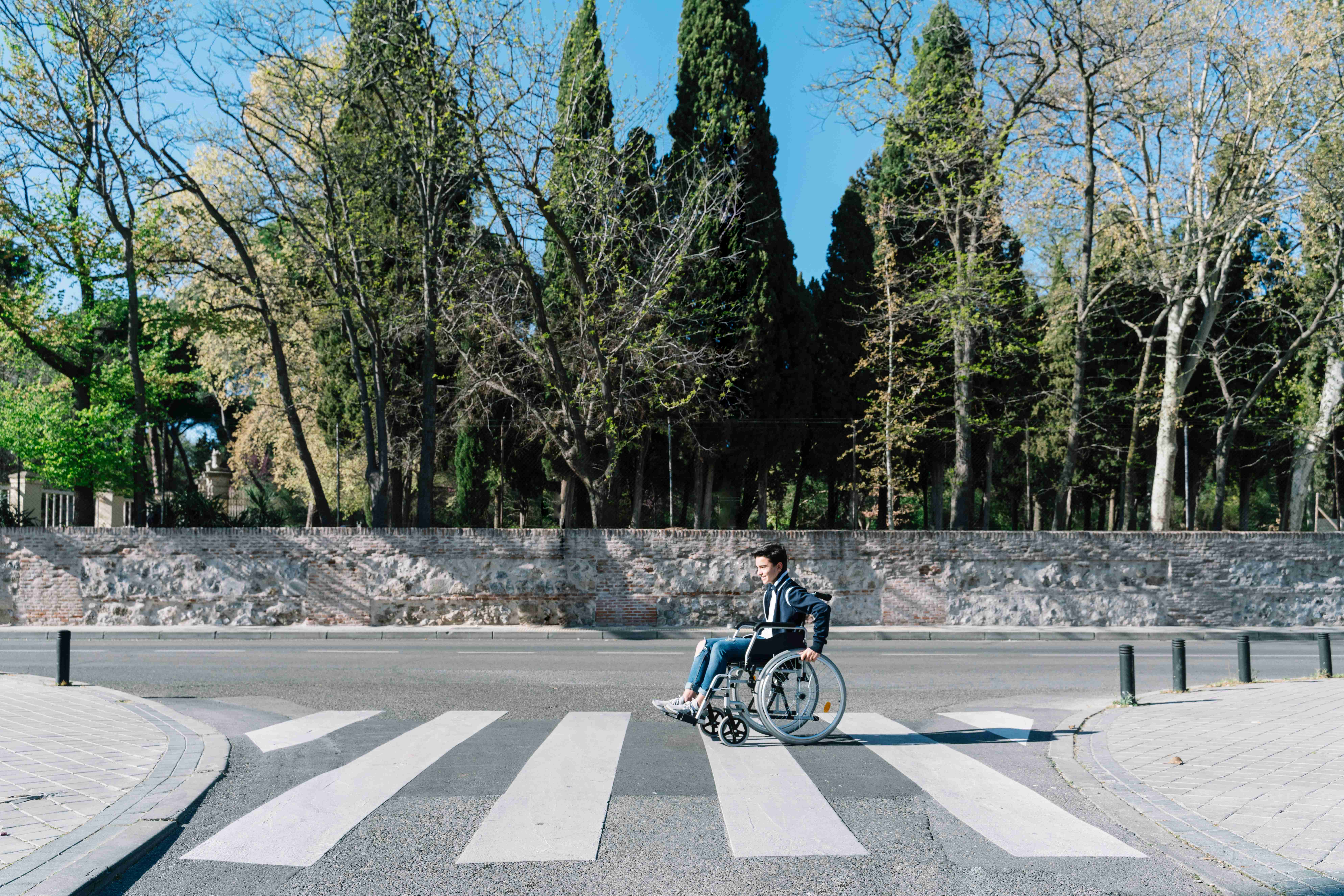
Ensuring Accessible Roads: Pavement Surfacing Considerations
The Importance of Accessibility in Road and Pavement Surfacing
Accessibility is a crucial factor to consider when designing and maintaining road and pavement surfaces. Ensuring that all users, regardless of their abilities, can safely and comfortably navigate these surfaces is essential for creating an inclusive and equitable transportation network. This article will explore the key accessibility considerations in road and pavement surfacing and the best practices for implementing them.
Understanding the Needs of Diverse Users
When addressing accessibility in road and pavement surfacing, it is important to consider the diverse needs of users, including:
- Individuals with mobility impairments
- People with visual impairments
- Elderly individuals
- Parents with strollers
- Cyclists and other non-motorized users
Each group has specific requirements that must be met to ensure safe and comfortable navigation of road and pavement surfaces.
Designing for Accessibility
To create accessible road and pavement surfaces, designers and engineers should follow these key principles:
1. Ensure smooth, even surfaces with minimal cracks, gaps, or obstructions.
2. Provide adequate slip resistance, especially in wet conditions.
3. Maintain appropriate surface slopes and cross-slopes for proper drainage and ease of navigation.
4. Incorporate tactile warning surfaces, such as detectable warning domes, at transitions between pedestrian and vehicular areas.
5. Use contrasting colors and textures to delineate different surface types and provide visual cues for users with low vision.
Maintaining Accessible Surfaces
Proper maintenance is crucial for preserving the accessibility of road and pavement surfaces over time. Regular maintenance activities should include:
1. Repairing cracks, potholes, and other surface defects promptly.
2. Ensuring that surface markings, such as crosswalks and bicycle lanes, remain clearly visible.
3. Removing debris, snow, and ice from surfaces to maintain clear paths of travel.
4. Monitoring surface conditions and addressing any accessibility issues that arise.
“Accessibility is not a feature or a bonus; it is a fundamental right that should be integrated into every aspect of our built environment, including our roads and pavements.” – Jane Doe, Accessibility Advocate
Innovative Materials and Technologies
Advancements in materials and technologies have opened up new possibilities for creating accessible road and pavement surfaces. Some examples include:
- Permeable pavement systems that reduce surface water and improve traction.
- Recycled rubber pavement materials that provide a smooth, stable surface for wheelchair users and those with mobility impairments.
- Heated pavement systems that prevent snow and ice accumulation, maintaining clear paths of travel during winter months.
Engaging with the Community
To ensure that road and pavement surfaces meet the needs of all users, it is essential to engage with the community throughout the design and maintenance process. This can be achieved through:
- Public meetings and workshops to gather input from diverse user groups.
- Accessibility audits conducted by individuals with disabilities to identify areas for improvement.
- Ongoing communication and feedback channels to address concerns and maintain accountability.
By actively involving the community, designers and maintainers can create road and pavement surfaces that truly serve the needs of all users.
Conclusion
Accessibility considerations in road and pavement surfacing are essential for creating an inclusive and equitable transportation network. By understanding the diverse needs of users, designing for accessibility, maintaining surfaces properly, exploring innovative materials and technologies, and engaging with the community, we can ensure that our roads and pavements are safe, comfortable, and accessible for all. As we continue to strive for a more inclusive built environment, prioritizing accessibility in road and pavement surfacing will be a critical step forward.





